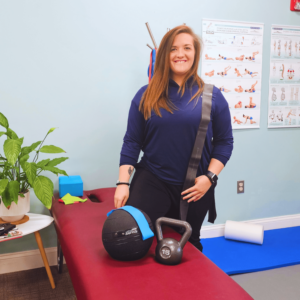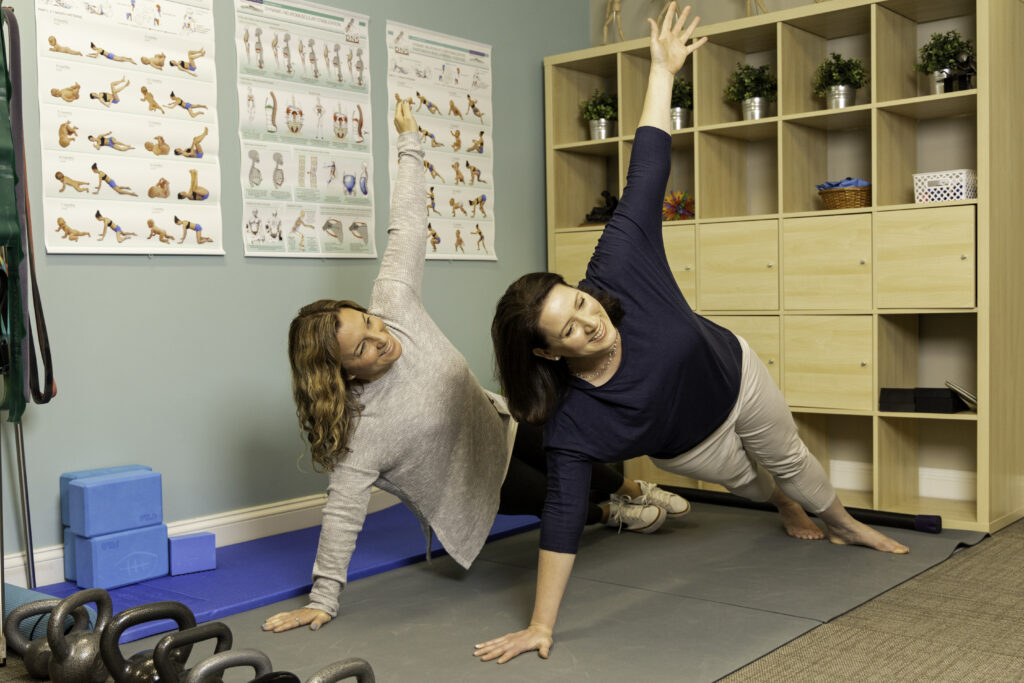Chiropractors are often known for treating problems and pain in the back and spine, including neck pain. However, chiropractic care can also be very beneficial in treating shoulder pain as well as many other areas in the body. Depending on the cause and specifics of your shoulder condition, there’s a good chance chiropractic care can help.
Components of the Shoulders
Your shoulder is the most mobile joint in your body, and it is made up of different components, all of which are necessary in order for the shoulder to function properly.
- Bones and Joints – The shoulder is made up of 3 bones that create 4 different joints. These joints are the:
- Scapulohumeral – the “ball and socket joint”.
- Scapulothoracic – the shoulder blade rotating over and around the ribcage.
- Acromioclavicular – where the collar bone attaches to the shoulder blade.
- Sternoclavicular – where the collar bone attaches to the sternum (breastbone).
- Ligaments – ligaments are the tough fibrous bands that hold the joints together – think of them as really strong rubber bands. They contain nerve endings that are sensitive to stretching and movement, and send reflex signals to the brain to trigger muscle contraction and relaxation.
- Muscles – There are 17 different muscles attached to the scapula (shoulder blade), allowing it to perform a variety of movements. There are a total of 30 different muscles that attach your arm to your body, and give your shoulder mobility and strength.
Your rotator cuff is made of 4 muscles, and their main job is to stabilize your shoulder joints. Each of them aids in a specific motion of your shoulder.
Common Causes of Shoulder Pain
In addition to injuries – such as a fracture, dislocation, or separation – there are conditions that cause shoulder pain that include, but are not limited to, frozen shoulder, a rotator cuff tear, or cartilage tear. Tears are actually quite common and can even be present in asymptomatic patients, especially those who are older.
Many of our patients come in with shoulder pain that is caused by other issues. These include:
- Poor posture – slouching with shoulders rolled forward.
- Computer use which can lead to “mouse arm”.
- Limited range of motion in the neck and thoracic spine, which puts extra strain on the shoulder.
- Irritation of nerve roots in the neck which affect shoulder muscle function.
- Weak or fatigued muscles.
There can be other problems related to shoulder pain as well. If the communication between the nerves and structures they control is interfered with, due to spinal misalignments, a cascade of problems can begin. In addition to the structures these nerves control, research has shown that many cases of shoulder pain are actually due to referred pain from the neck region.
Diagnosing Shoulder Pain
Your doctor may order specific tests to help identify the cause of your pain and any other problems. Advanced imaging should only be recommended when significant tissue damage is suspected, or if the problem is not improving as expected after 4-6 weeks of proper rehabilitation.
- A thorough health history, including discussion of prior injury or illness is essential. Especially in the absence of a specific injury or cause of your pain, considering other traumas is essential.
- X-rays. These pictures will show any injuries to the bones that make up your shoulder joint. They may show fractures or other degenerative changes in the bones. It’s important to note that most shoulder problems involve the soft tissues, which do not show up on x-rays.
- Magnetic resonance imaging (MRI) and ultrasound. These imaging studies create better pictures of soft tissues. MRI may help your doctor identify injuries to the ligaments and tendons surrounding your shoulder joint. However, there is a high rate of “incidentalomas,” meaning that normal wear and tear changes may be incorrectly blamed for the pain.
- Computed tomography (CT) scan. This tool combines x-rays with computer technology to produce a very detailed view of the bones in the shoulder area.
- Arthrogram. During this x-ray study, the dye is injected into the shoulder to better show the joint and its surrounding muscles and tendons. It may be combined with an MRI to diagnose problems like tears to the cartilage or soft tissues deeper in the joint.
- Arthroscopy. In this surgical procedure, your doctor looks inside the joint with a fiber-optic camera. Arthroscopy may show soft tissue injuries that are not apparent from the physical examination, x-rays, and other tests. It is, however, an invasive procedure itself, creating an injury and scars that may themselves cause additional problems. It should be a last resort, and done only if there is reason to believe there is significant structural damage to be fixed.
Advanced imaging should only be recommended when significant tissue damage is suspected, or if the problem is not improving as expected after 4-6 weeks of proper rehabilitation. “Over-imaging” is a huge problem, as it leads to a lot of “false positive” findings that aren’t actually contributing to the problem. Conversely, the imaging may come back “normal,” because the problem is more due to functional weakness, and not a structural problem.
Treating Your Shoulder Pain
Whether the pain is originating from the neck or spine or is actually caused by damage to the shoulder joint, chiropractic care can provide a non-invasive and effective treatment option for the condition. Studies suggest that tears do not always require surgery and can be treated with a combination of rehabilitation and chiropractic care.
We often find that patients who have undergone a typical shoulder rehabilitation treatment, still have shoulder or other pain due to the fact that there are problems in other parts of the body. There are studies that demonstrate how there is interdependence with other regions of the body so that problems in the shoulder region can lead to problems in another region and vice versa. Chiropractic care can also help address the discomfort caused by issues in other regions of the body.
At Frederick Chiropractic Wellness Center we provide adjustments, corrective exercises, and lifestyle management to help you understand and correct the causes of your pain. If need be, we can collaborate with your medical specialist and/or physical therapist to support the healing of the shoulder complex. Additional manual and passive therapies are often used in conjunction with our chiropractic care to help ensure your complete recovery.





